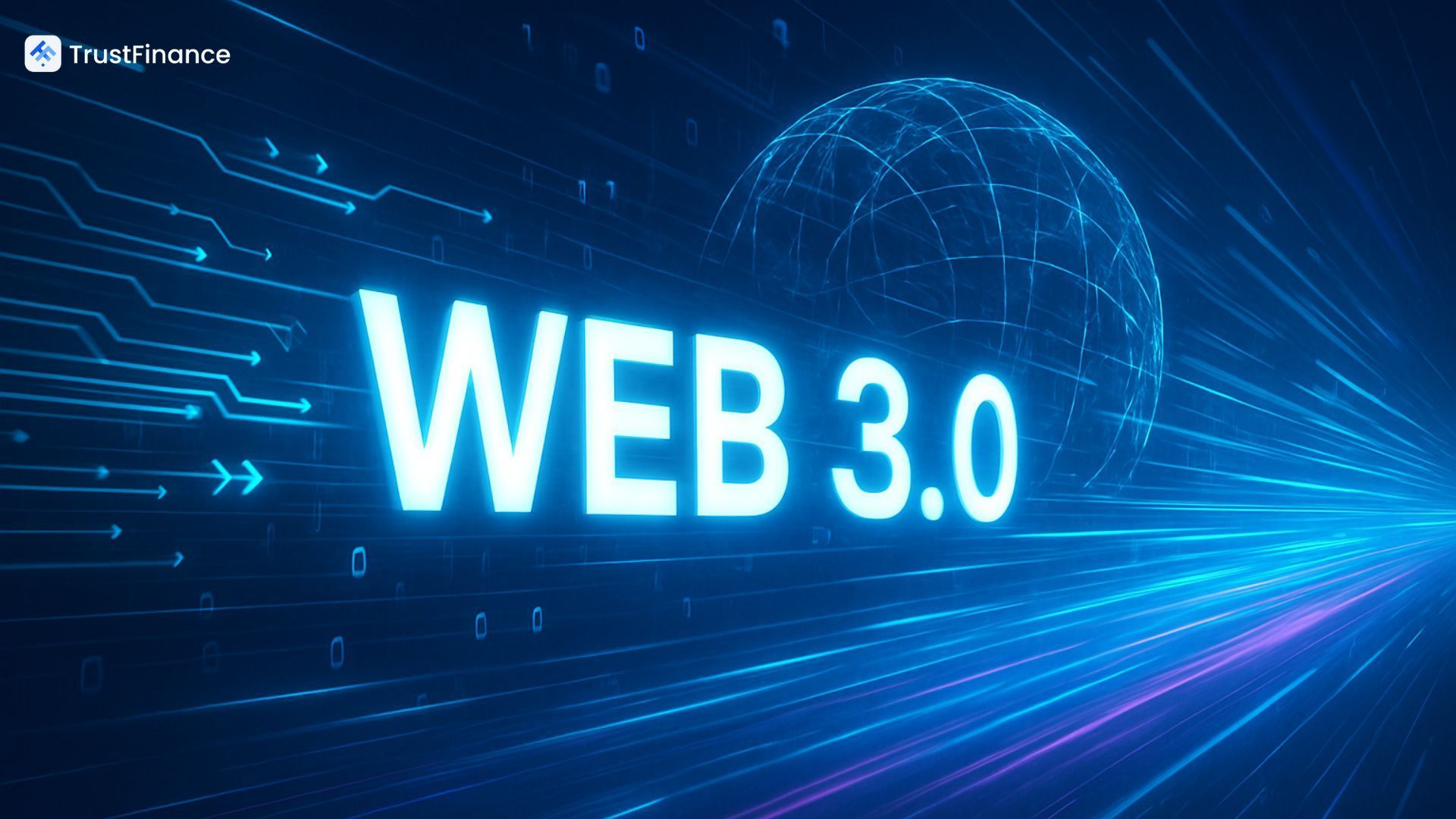As the term “Web 3.0” appears more frequently in the world of technology and investment, many people are still unsure what it really means. How is it different from the internet we use today? And more importantly… why is everyone calling Web 3.0 the future of the internet?
This article will help you understand Web 3.0 in just 5 minutes—clear and simple.
Web 1.0 → Web 2.0 → Web 3.0: The Evolution of the Internet
Web 1.0: The earliest version of the internet, focused solely on “reading.” Most websites were static, and users were only consumers of content with little to no interaction.
Web 2.0: The era of social media and user interaction. Users can “read + write,” using platforms like Facebook, YouTube, and Instagram. However, all user data is controlled by centralized platforms (like Google or Meta).
Web 3.0: The next phase of the internet, built around decentralization. Data is no longer owned or controlled by one company. Instead, users have full control over their own information.
What Is a Decentralized Internet?
A “decentralized internet” refers to a system where data is not stored on centralized servers—like those owned by big tech companies.
In Web 3.0, data is stored across a global network (often blockchain-based).
making it nearly impossible for a single entity to edit, delete, or censor your data without your permission.
Examples of Web 3.0 in action:
- Crypto wallets where you hold full ownership (e.g., Metamask)
- NFTs that prove ownership without needing a middleman
- Decentralized apps (dApps) running on blockchains like Uniswap or Lens Protocol
Why Is Web 3.0 Important?
- You own and control your personal data
- No middlemen = lower fees and greater transparency
- Resistant to censorship and tampering
- Creates equal access to finance, technology, and opportunity for everyone
The 5-Minute Summary
Web 3.0 is not just “a newer internet.” It represents a complete shift in how data is controlled—
taking power away from tech giants and giving it back to you, the user.
In the future, the internet may no longer be controlled by a handful of centralized platforms.
But instead, be open, transparent, and owned by the people who use it.
Proof of Work vs. Proof of Stake: In-depth!
Understanding Layer 2: The New Solution for Blockchain’s Speed Issues
Source
https://www.investopedia.com/web-20-web-30-5208698

